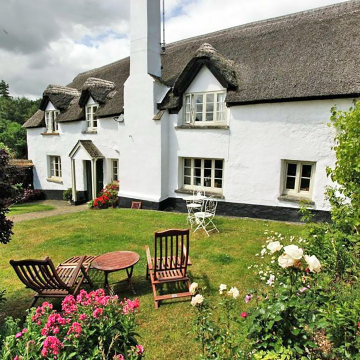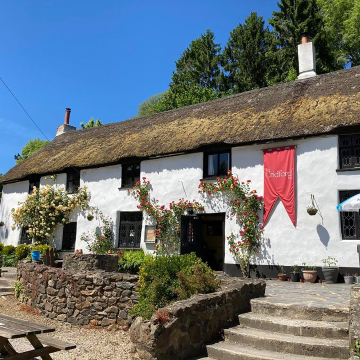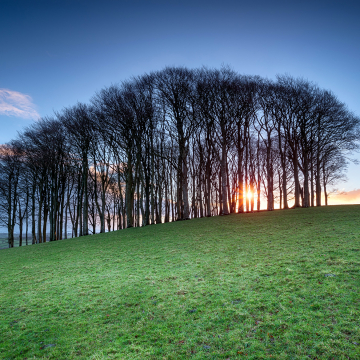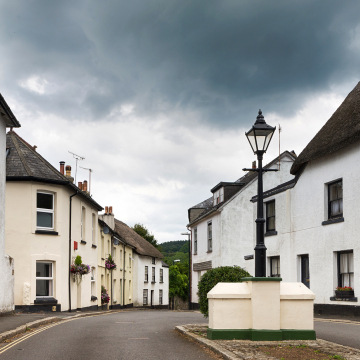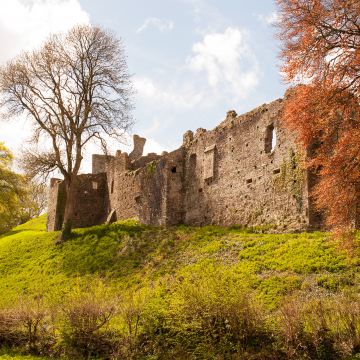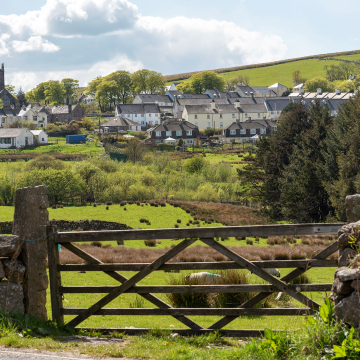Discover Dartmoor | Recommended Places to Stay & Visit
Dartmoor is a rugged expanse of sweeping moorlands, granite tors, and rich history. Famous for its atmospheric landscapes, history and folklore, Dartmoor provides an intriguing blend of natural beauty and ancient mysteries, making it a compelling destination for visitors.
Unique Features of Dartmoor
Dartmoor is perhaps best known for its vast moorlands and striking granite formations known as tors. These tors are dramatic landmarks that offer excellent opportunities for climbing and provide panoramic views of the surrounding countryside. One of the most iconic tors is Haytor, easily accessible and a popular spot for both locals and tourists. From the top, you can enjoy sweeping views across the park and down to the coast on clear days.
The moor is also steeped in history, dotted with remnants from its past, including Neolithic tombs, Bronze Age stone circles, and medieval farmhouses. The mysterious stone rows and circles at Merrivale are particularly fascinating and are easily accessible, making them a must-visit for anyone interested in the prehistoric era.
Wildlife and Natural Beauty
Dartmoor National Park is a haven for wildlife enthusiasts. The area is home to a variety of animals and plants, with the Dartmoor ponies being one of the most beloved symbols of the moor. These hardy animals roam freely, and their presence adds to the magic of the moorland landscape. Bird watchers will also find Dartmoor rewarding, with opportunities to spot buzzards, kestrels, and the rare snipe.
The park's varied landscape includes not only moorland but also valleys with rushing streams and rivers, dense woodlands, and large reservoirs like Burrator Reservoir, which offers a scenic setting for walking and cycling.
Activities and Attractions
Hiking is one of the most popular activities in Dartmoor, with routes ranging from gentle walks to challenging treks across remote areas. The Dartmoor Way is a highlight, encircling the park and linking many of its attractions and villages. For a more guided experience, join one of the ranger-led walks to learn about the area’s ecology, history, and folklore.
For a cultural twist, visit the market town of Tavistock, where you can explore local shops, enjoy traditional Devon cream teas, and delve into the town’s rich history influenced by its status as a stannary town in medieval times.
The Dartmoor Prison Museum offers a quirky but intriguing look at the history of one of Britain’s most famous prisons, located in Princetown. It provides an insightful glimpse into the lives of the inmates and the history of British penal systems.
Practical Advice
When visiting Dartmoor, it’s essential to be prepared for changeable weather. The moor can be shrouded in fog and rain can arrive suddenly, so waterproof clothing and good walking shoes are a must. Navigation skills are also helpful when exploring less frequented parts of the moor, as low visibility can make it challenging to find your way.
Driving around Dartmoor is straightforward, but the narrow roads require careful navigation, especially when they are shared with sheep and ponies! Public transport options are available but can be limited, so planning is key if you decide not to drive.


